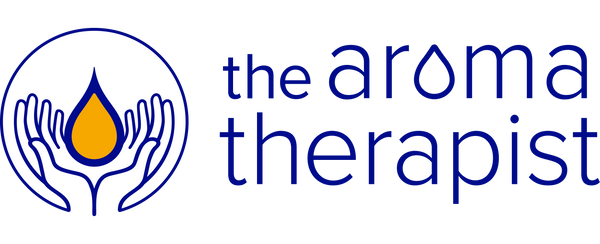Understanding Quality & Purity
Our products are always pure & always of the highest quality - but don't take our word for it!
Who ‘controls’ the quality and purity of essential oils?
In North America, essential oils are classified under 'perfumery' regulations, their distribution is regulated to follow this criteria. Essential oils are NOT controlled or regulated for quality or purity. Unless an essential oil is bottled under the control of an independent third party certification body, consumers have no way of knowing what’s actually in it.
There are many companies distributing essential oils, particularly in the Multi-Level Marketing Arena, that claim to ‘control’ their oils for quality and purity. Unfortunately, when the Supplier plays the role of verifying quality and purity, the control can’t help but be compromised by their vested interest. On the other hand, when an internationally recognized certification body is playing that role, consumers can be assured that all of the information being provided to them is traceable and verifiable, through an unbiased third party.
Terms like ‘Certified Pure Tested Grade’, ‘Therapeutic Grade’, ‘100% Pure’, 'High Grade', ‘Natural’ etc. are an indication that an oil is not controlled by a legitimate certification body.
The Aromatherapist Essential Oils, Carrier Oils and Hydrosols are bottled and labeled under EcoControl.
Each of our labels provides the following information:
- Botanical Name
- Part of Plant
- Country of Origin
- Cultivation Method
- Expiration Date
- Batch Number * The Batch Number is the consumer’s guarantee that all of the above information is traceable and verifiable through EcoControl. If we were to alter our products or falsify information, we would get a serious fine!
* To learn more about this information and why it's important, check out What's in a Label?
Why Should You be Concerned About Quality and Purity?
Here are some of the changes frequently made to uncontrolled essential oils…
Adulteration and Cutting:
‘Adulteration’ implies that an extraneous or inferior substance has been added to an oil, generally to cheat in regards to its market value. ‘Cutting’ implies changes to increase the volume of an oil, for example adding a solvent or other undetectable substance to increase the seller’s profit margin.
The real danger with this is that you have absolutely no idea what you’re inhaling or putting on your skin, literally, since adulterants are never disclosed. Many people choose to use essential oils to avoid the use of synthetic or toxic ingredients. The undisclosed substances used to adulterate essential oils, in many cases, are much more harmful than those allowed in cosmetics.
Rectification/Removal:
These interventions cause changes in the composition of a pure essential oil and generally involve ‘removing’ a constituent from an oil (ie: removing terpenes that shorten the shelf life of an oil). The undisclosed rectification of an oil is never an advantage to the consumer.
The risk with undisclosed rectification or removal in essential oils is that the natural balance of the oil is disturbed. For example by removing the terpene content of an oil, you increase the content of other biochemicals, potentially raising them to a degree that’s unsuitable for therapeutic application. The ‘whole’ oil has to be considered, in all its complexity with it’s mixture of potentially hundreds of different biochemicals, their molecular energy and synergy. This complete ‘whole’ is what researchers base ‘safe use’ on, some components ‘quench’ the otherwise potentially hazardous action of others.
Substitution:
This is when an inexpensive oil is substituted for and sold as a more expensive oil, either in part or whole. A very common example of this is Lavender. A lot of Lavenders pretend to be the most valued lavender (high altitude lavandula angustifolia) through this process.
Aside from the fact that you’re being ripped off, one problem this presents is that you could unknowingly use an oil in a situation where it should never be used, thinking it was something it isn’t. Lavandula angustifolia is so gentle and soothing anyone can use it (pregnant women, small children), with no adverse side effects. But if it happens to be a less expensive latifolia or, worse, stoechas Lavender instead, safe and appropriate use is an entirely different story.
Synthetics:
These chemicals produced in the laboratory from various sources are often added to inferior essential oils to increase their perceived value or improve the aroma. This is a very common practice since aroma chemicals are cheap and often difficult to detect, making them an easy and inexpensive method for a supplier to increase their profit margin.
Synthetic aroma chemicals are considered unsafe due to the variability and lack of transparency of their composition. Over the last decade synthetic fragrance and the petrochemicals that make up this group has come under fire in terms of health problems. Women with a history of cancer are often encouraged by their doctors to avoid fragrance, the awareness of it’s negative impact is common knowledge.
